Health begins at home. I found evidence for that, beyond my own N of 1 understanding, in a research article published in the UK in 2000 by Lyn Harrison and Frances Heywood. Lyn and Frances tested three assumptions that they believed linked housing and health: that housing contributes to health; that housing is not routinely included in health or social planning;’ and that the potential contribution of primary care is wasted. Their conclusion: that the housing-health link was not receiving the recognition that connection needs.
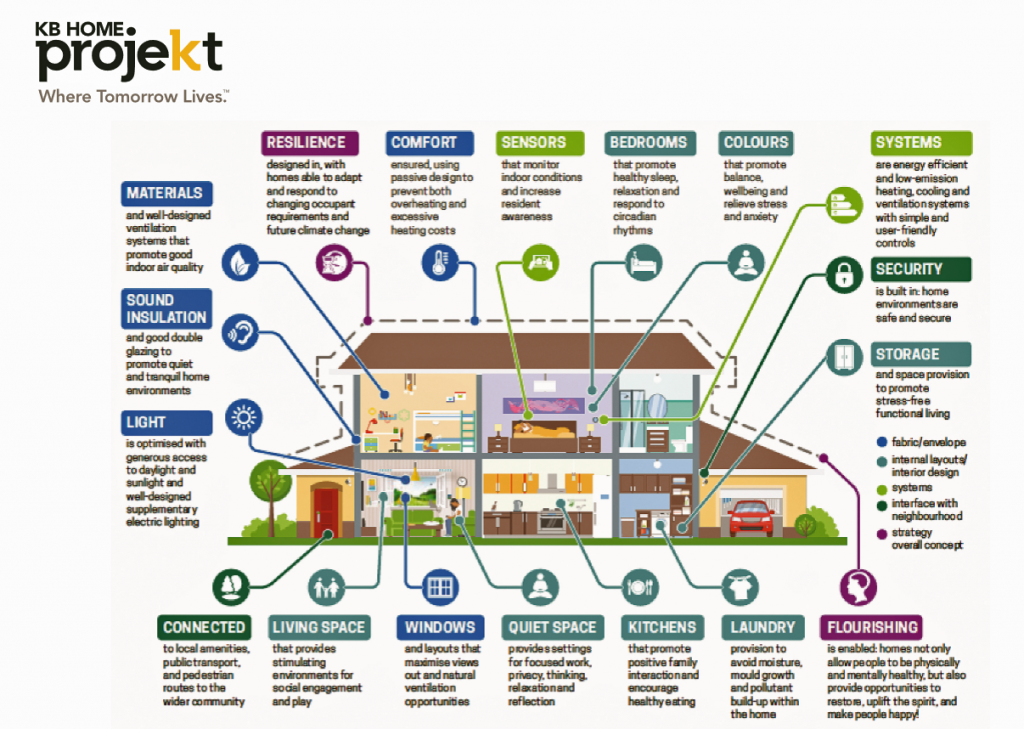
Nearly two decades later, that housing-health link still isn’t universally embraced by health care stakeholders. But it’s starting to get traction as a key social determinant of health in the U.S., by providers, health plans, and even a pretty huge technology company noted in the Hot Points below.
When you think “CES,” your mind’s eye imagines big-screen TVs, slick new car concepts, and gaming (both via video and in the casinos along the Las Vegas strip). For me, CES is all about health/care everywhere, through wearable tech, remote health monitoring, and Internet of healthy things. At #CES19, I took a trip out to Henderson, NV, to visit the BUILDER KB Home ProjeKt model home site, a new concept for a healthy home conceived and embedded with technology that supports wellness.
It takes a village to make health, and it took a village of suppliers collaborating to build this house with wellness tech in virtually every room, including the three-car garage. Dozens of companies’ technologies are integrated into this home. Among the technology partners are Belkin, Carrier, CertainTeed, Dish, Greyter, Kingspan, Kohler, NOON, Phyn, Rheem, Western Window Systems, and Whirlpool (whose “Everyday, Care” theme at CES always attracts my engagement), among many others.
The wellness platform, called DARWIN, was developed by Delos, a real estate and technology company with a mission of improving indoor environments for people where we live, work, sleep and play. FYI, Delos’s advisory board includes health/care luminaries like Deepak Chopra, the wellness guru; Dr. Michael Roizen, Chief Wellness Officer at Cleveland Clinic; Dick Gephardt, former U.S. Congressman and House of Representatives Majority Leader (with whom I collaborated at CES in 2016); Morad Fareed, (another CES collaborator of mine on that Wizards of Maternal Health panel)’ and David Pogue, who leads Corporate Responsibility at CBRE Group, among many other experts. Oh, did I mentioned Leonardo DiCaprio? Oh, to be a fly on that advisory board meeting wall…
So back to Delos’s DARWIN wellness technology platform which underpins the KB Home ProjeKt house. The most obvious technology partner is Google, whose voice technology is the ubiquitous interface between the resident and the various wellness options accessible in every indoor space: in the kitchen, the bedrooms, bathrooms, outdoor patio, and even in the garage.
My tour began in the garage, where I saw several of the devices that make this house green, safe and sustainable. Techs for clean water, energy-saving, and heating/cooling are all housed here in this garage, which is also designed with three bays for vehicles. These three spaces aren’t meant just for a single home, but in the future, could be space for shared autos, or shelter for three different homes in the community. That was an initial mention of health and well-being going beyond the physical to the social and sharing — more on that below.
Entering the home from the external facade and garage, I noticed the second floor with an outdoor balcony space, the first hint of the home’s indoor-outdoor design ethos. The first floor space has an airy open plan, between the kitchen, the living/family room, and then floor-to-ceiling sliding window doors that open the room up to the outdoor patio featuring a fireplace and lots of plants.
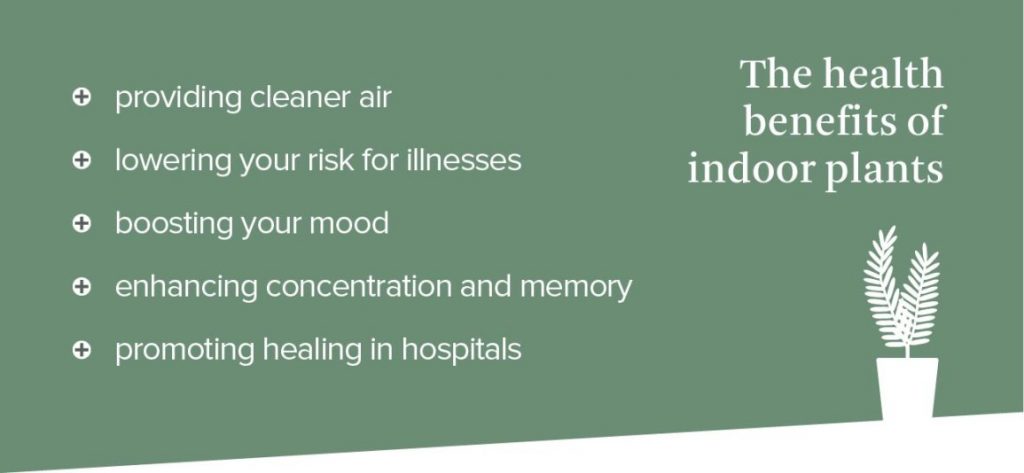 Speaking of plants, there are many hanging plants throughout the home that are organized as living art on walls and in windows. Green plants are an important ingredient for wellness, with benefits for thinking, for mental health and mood, and for cleaner air, as this post in Healthline discusses.
Speaking of plants, there are many hanging plants throughout the home that are organized as living art on walls and in windows. Green plants are an important ingredient for wellness, with benefits for thinking, for mental health and mood, and for cleaner air, as this post in Healthline discusses.
The kitchen is often thought of being the hub of health in the home as most consumers now view food-as-medicine (covered most recently here in Health Populi). One doesn’t need to have a connected kitchen to act on health. But as I experienced the Food-Tech meet-up during CES week, more appliances are joining the connected Internet of Things ecosystem for food, and these have implications for healthy cooking and everyday living. When technology can help to streamline our lives and nudge us to healthy food, cooking, and sharing meals as a family or community, we are more likely to adopt these behaviors and life-flows. [As an intriguing sidebar on the blur between food + tech, Digital Trends identified the Impossible Burger 2.0 as the top technology innovation of #CES2019].
We move from the kitchen and shared living space to the bedroom, which in the ideal world is a haven for sleep — a major theme at CES both in education sessions and in the exhibitor aisles. In this home, the bedroom is indeed a quiet retreat where light is controllable by circadian rhythm through technology from NOON and blackout shades from Hunter Douglas. The room’s walls are also built with noise-cancelling materials and floors with a thick comfy carpeting (that I walked on in bare feet to test) that ensure a really quiet, optimal sleep environment.
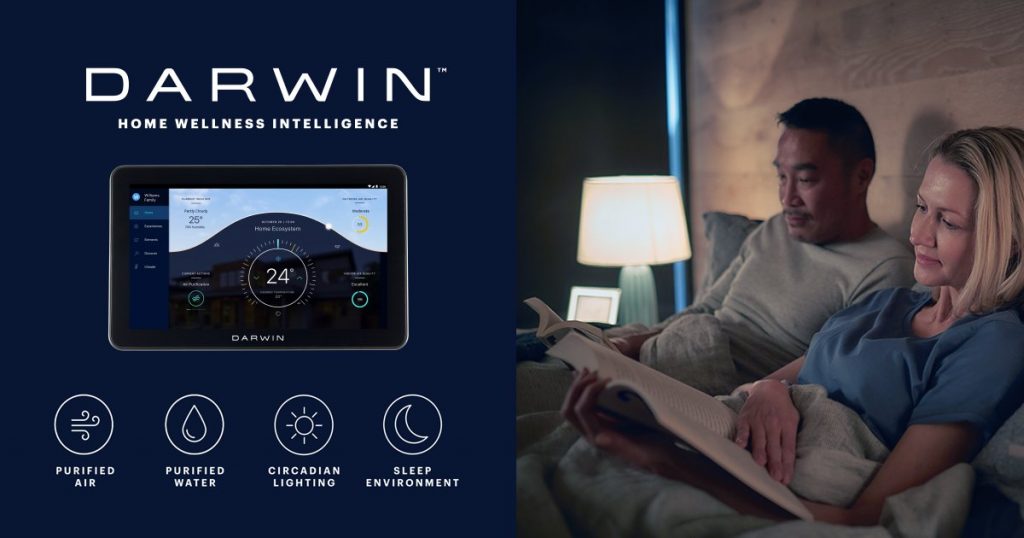 The master bathroom was fitted with smart/connected products from Kohler, including a toilet (that received a lot of social media attention), a shower that could be pre-programmed with a consumer’s temperature preference, and an interactive mirror activated by Google voice technology.
The master bathroom was fitted with smart/connected products from Kohler, including a toilet (that received a lot of social media attention), a shower that could be pre-programmed with a consumer’s temperature preference, and an interactive mirror activated by Google voice technology.
This home is also conceived as an aging-in-place setting which can grow and adapt with a young family through child-rearing through healthy aging. The upstairs unit is fully fitted with a kitchen, a bedroom and a full bathroom. That area can be used for kids or aging parents, or for a caregiver — a nanny or au pair for childcare, or housing for a companion caregiver for an older adult living at home.
In the future, a home like this could be part of a community, which could be planned with a shared garden or larger “agrihood” idea with a CSA (community-supported agriculture) project that residents share in growing, maintaining and harvesting. This aspect brings wellness to residents for both healthy eating as well as social opportunities that bolster mental health and a sense of belonging.
Our homes have the potential to be our health-hubs, supporting self-care and remote health care to our clinicians and health coaches, with our neighbors and communities bolstering overall public health.
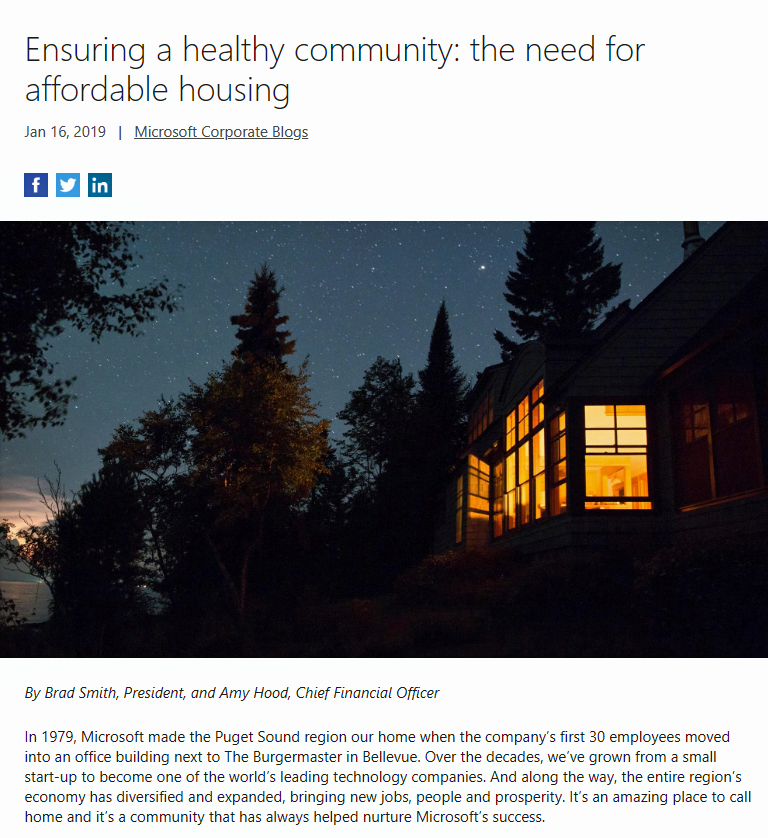 Health Populi’s Hot Points: Publishing this post on smarter homes for health today coincides with a well-timed announcement from Microsoft: the company is allocating $500 million toward a housing program in the Puget Sound region which houses MSFT’s headquarters.
Health Populi’s Hot Points: Publishing this post on smarter homes for health today coincides with a well-timed announcement from Microsoft: the company is allocating $500 million toward a housing program in the Puget Sound region which houses MSFT’s headquarters.
“Ultimately, a healthy business needs to be part of a healthy community. And a healthy community must have housing that is within the economic reach of every part of the community, including the many dedicated people that provide the vital services on which we all rely,” company President Brad Smith and CFO Amy Hood wrote on MSFT’s blog yesterday.
This community investment was inspired by the fact that the region’s economic growth hasn’t supported new house building for local workers: area jobs grew by 21%, but housing starts only 13%. Housing prices have increase 96% in eight years, boosting home prices beyond the reach of too many workers whose wages have stayed relatively flat over the period.
Microsoft partnered with Zillow (also a partner in the KB Home project) to mine data on housing and wages in the area. The team found a huge gap in job growth versus housing growth around Seattle.
The $500 million commitment will be comprised of $225 mm going to capital to subsidize the preservation and building of middle-income housing; $250 mm to support low-income housing around King County; and, $25 mm in grants to deal with homelessness in the region.
Microsoft knows that clean and safe housing is a social determinant of health. As a corporate citizen, the company is making it known they believe in their community and are engaging in the health ecosystem of the region in which they’ve accrued great wealth. Kudos to Microsoft for making this amazing fiscal decision. It won’t be a total solution to the significant housing/wage gap in greater Seattle, but should inspire more creative solutions to this problem which other tech-rich communities also share.


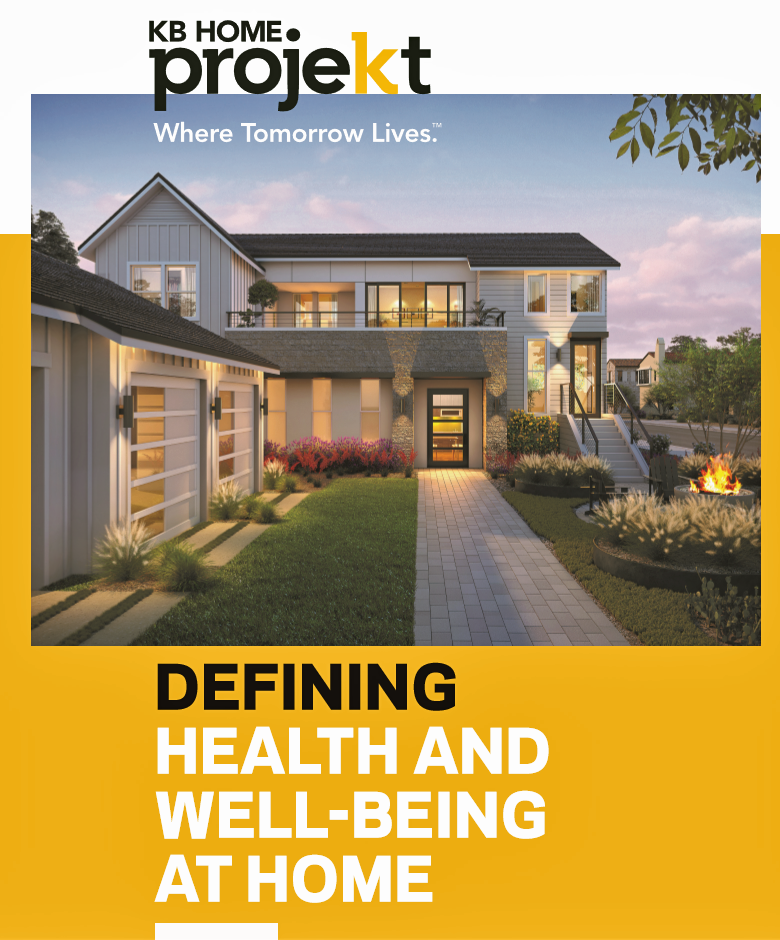


 Thank you FeedSpot for
Thank you FeedSpot for